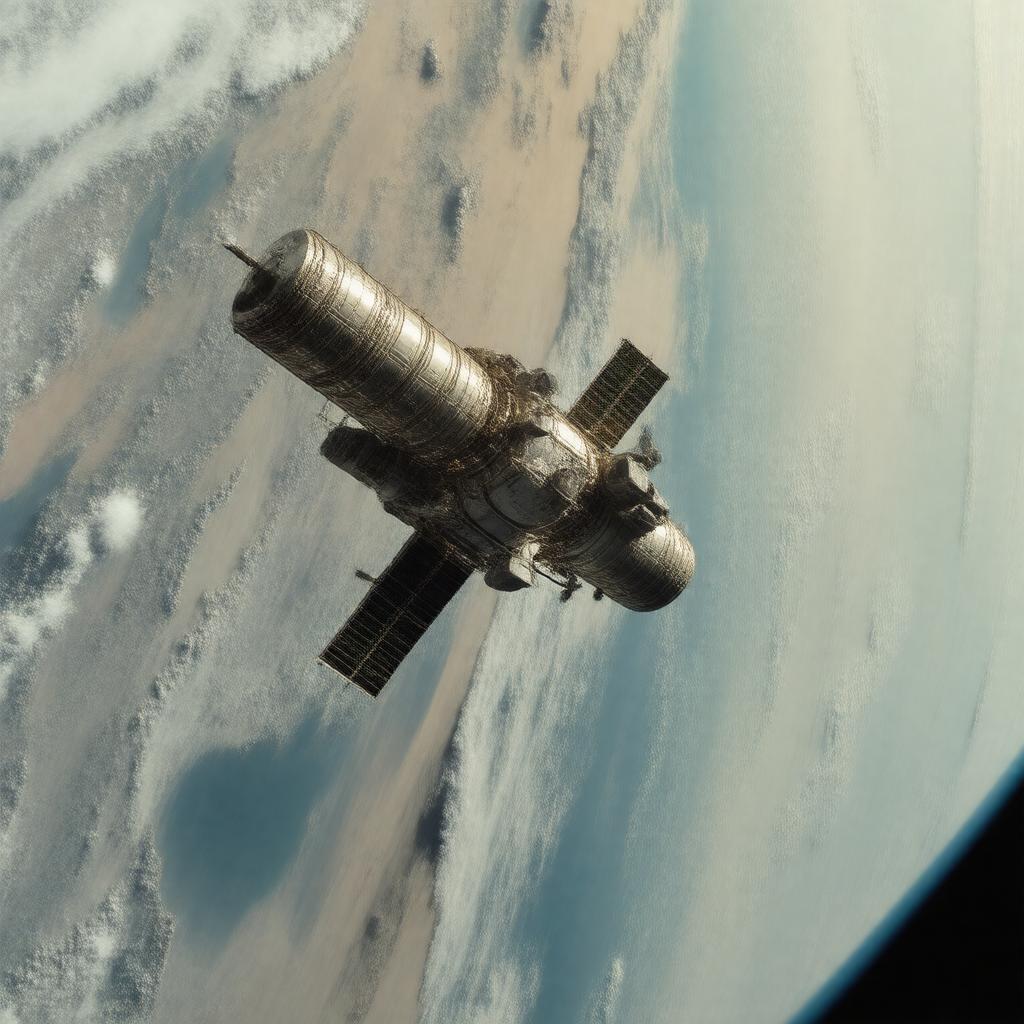
AI-created image
Statements (25)
| Predicate | Object |
|---|---|
| gptkbp:instanceOf |
gptkb:satellite
|
| gptkbp:callsign |
gptkb:Friendship_7
|
| gptkbp:countryOfOrigin |
gptkb:United_States
|
| gptkbp:crew |
gptkb:John_Glenn
|
| gptkbp:duration |
4 hours, 55 minutes, 23 seconds
|
| gptkbp:firstAmericanOrbitalFlight |
true
|
| gptkbp:goal |
orbital flight, human spaceflight, scientific experiments
|
| gptkbp:landingDate |
gptkb:Atlantic_Ocean
1962-02-20 |
| gptkbp:launchDate |
1962-02-20
|
| gptkbp:launched |
gptkb:NASA
|
| gptkbp:launchVehicle |
gptkb:Atlas_LV-3B_109-D
|
| gptkbp:location |
gptkb:National_Air_and_Space_Museum,_Washington,_D.C.
|
| gptkbp:mass |
1,290 kg
|
| gptkbp:mission |
gptkb:Mercury-Atlas_6
|
| gptkbp:notableFor |
first American to orbit Earth
|
| gptkbp:orbitsCompleted |
3
|
| gptkbp:recoveryShip |
gptkb:USS_Noa
|
| gptkbp:status |
gptkb:museum
|
| gptkbp:type |
gptkb:satellite
|
| gptkbp:bfsParent |
gptkb:John_Glenn
gptkb:National_Air_and_Space_Museum gptkb:Project_Mercury |
| gptkbp:bfsLayer |
5
|
| http://www.w3.org/2000/01/rdf-schema#label |
Friendship 7
|